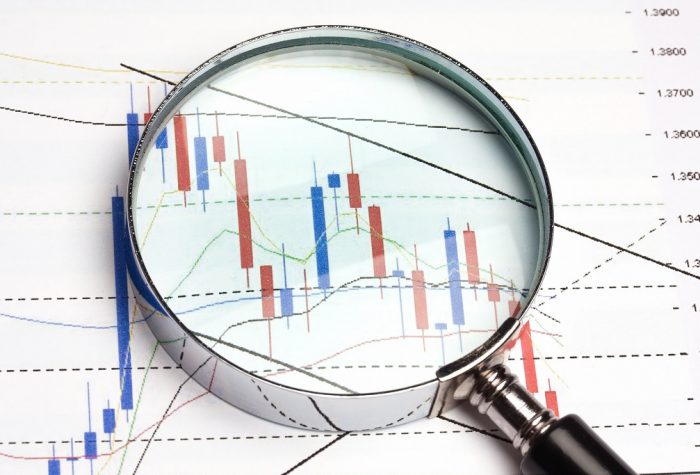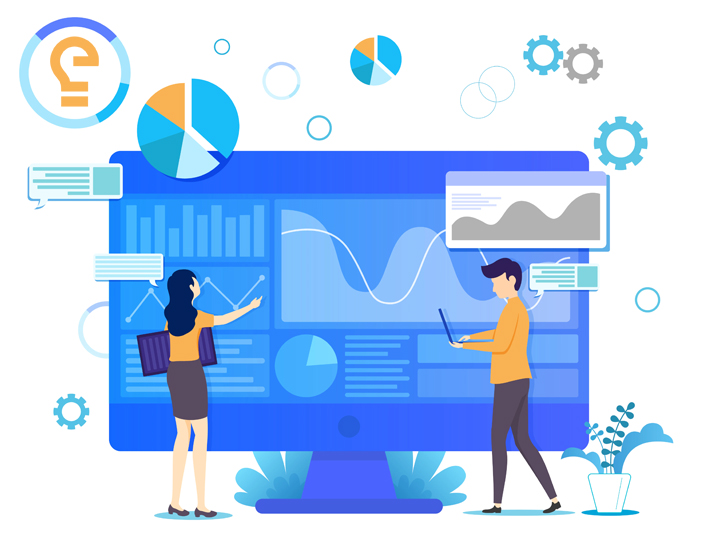
As a marketer, it is so important to stay up to date with the latest trends in the field. This will help your company to stay relevant in the field, a true competitor in the market, and to remain abreast of any major legislative changes that could affect the integrity of your campaign. In an article by Kasey Panetta of Gartner.com, 10 of these new trends in digital analytics are highlighted. She interviews Rita Sallam, VP Analyst for Gartner who has some strong advice for companies in 2021. “Data and analytics leaders must proactively examine how to leverage these trends into mission-critical investments that accelerate their capabilities to anticipate, shift and respond” (Panetta, 2021).
Here are some of the trends mentioned in the article…
- Smarter, Responsible, Scalable AI
- Composable Data and Analytics
- Data Fabric is the Foundation
- From Big to Small and Wide Data
- XOps
- Engineering Decision Intelligence
- D&A as a Core Business Function
- Graph Relates Everything
- The Rise of Augmented Consumer
- D&A at the Edge
Out of all these trends, one truly stuck out to me as being sort of the underlying theory of this Data Analytics course and one that I believe is at the core of the other trends highlighted. That is D&A as a Core Business Function. “Instead of being a secondary focus — completed by a separate team — data and analytics is shifting to a core function” (Panetta, 2021). By making the data and analytics team/department a substantial core business function, you create opportunities to address specific concerns at the forefront of your campaign, rather than addressing them once the campaign has been deployed.

Typically, a company relies on the data and analytics department to evaluate data generated once a campaign has already begun. This team would typically look at the data collected, analyze it using KPIs already established, and determine the validity, integrity and success of the campaign. But…what if this department was a part of the campaign creation instead of just a secondary department used to analyze results? What could be gained from including them in the beginning stages? Well, a lot! The D&A team likely have an idea of current trends and could perhaps suggest different strategies to help the campaign reach its full potential. “If chief data officers (CDOs) are involved in setting goals and strategies, they can increase consistent production of business value by a factor of 2.6X” (Panetta, 2021).
This trend could also impact all of the other trends surrounding D&A throughout the whole campaign process and in daily business functions. Since these trends directly involve typical functions of the D&A department, making them a core business function could help your company to employ these new trends and be a valuable competitor in the market. For example, the trend “Graphs relate everything”. In an article by LinkedIn, it is projected that “…by 2025, graph technologies will be used in 80% of data and analytics innovations, up from 10% in 2021, facilitating rapid decision making across the organization”(Bodain, 2021). Taking into consideration this projection, the D&A department should be a core business function as it seems many decision making processes will be based around the graphs they create!
This is a trend that I not only agree with, but find a necessary trend for all companies looking to create successful marketing campaigns. Bringing the D&A team in on the creation and implementation of campaigns and other business functions can help to predict and combat potential data problems before they arise!
Panetta, K. (2021, March 15). Gartner Top 10 Data and Analytics Trends for 2021. Gartner. Retrieved from https://www.gartner.com/smarterwithgartner/gartner-top-10-data-and-analytics-trends-for-2021
Bodain, Y. (2021, September 24). Data and Analytics Trends, 2021. LinkedIn. Retrieved from https://www.linkedin.com/pulse/data-analytics-trends-2021-yan-bodain
